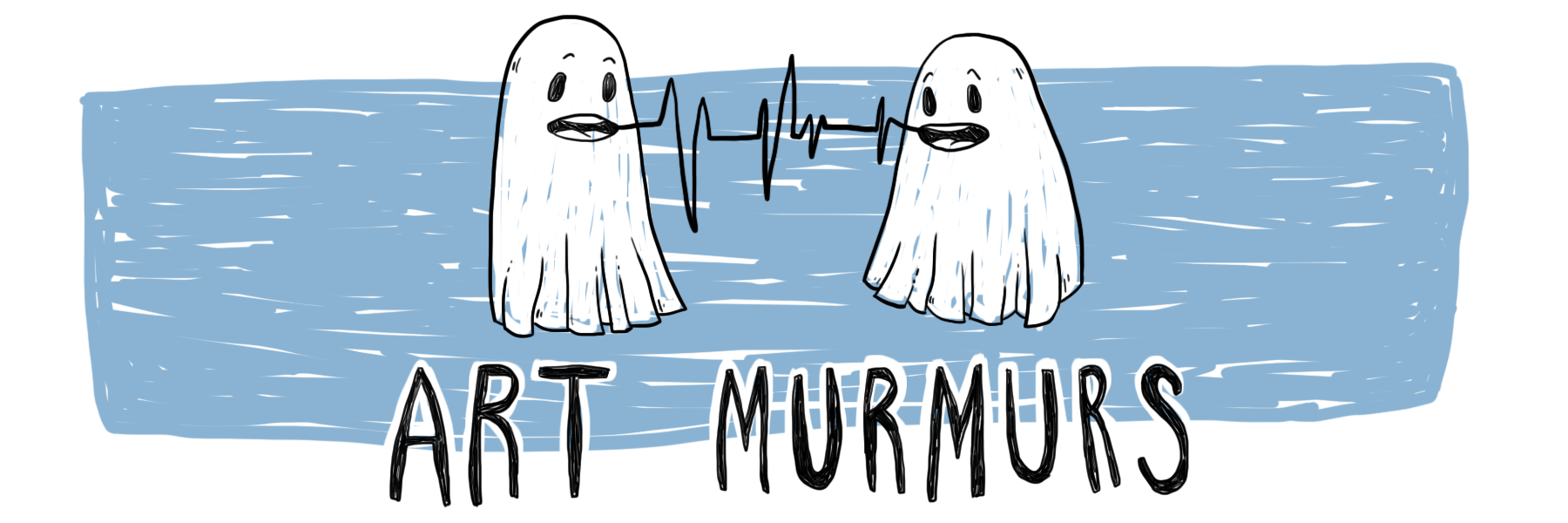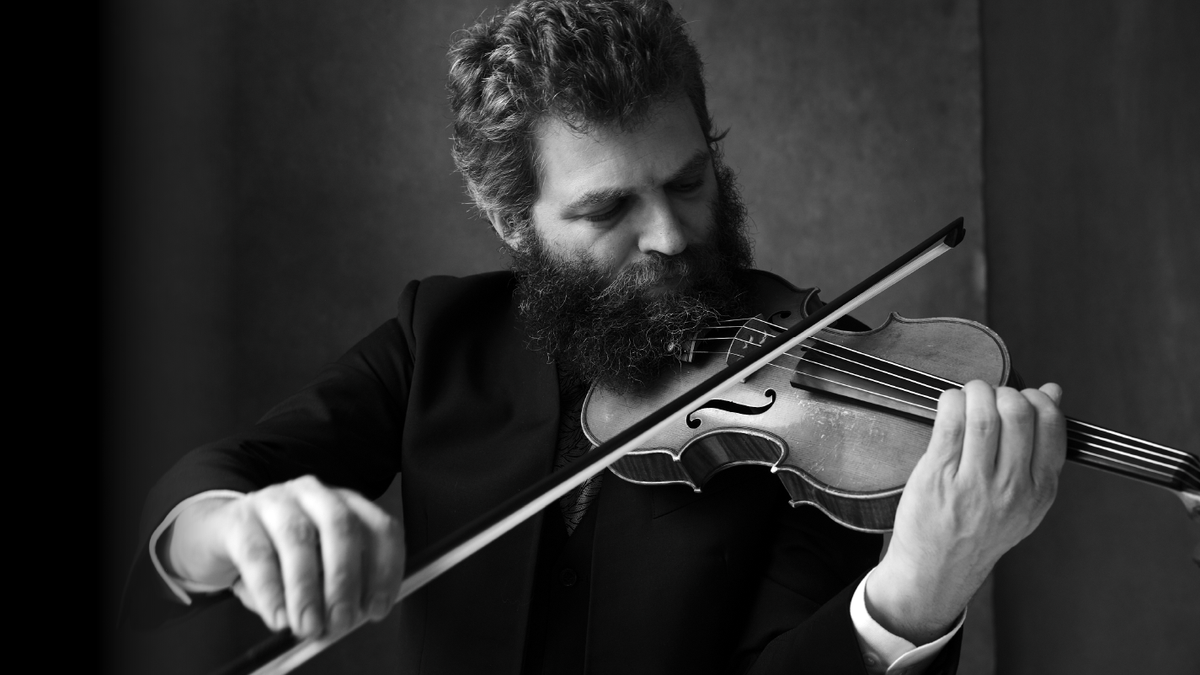Emilie Hope
Bach’s music is from the period before classical: Baroque. And we are entertained with the six Complete Cello Suites transcribed for violin.I am not a music buff. I am a mere civilian with a love of performance of all kinds. This is why I ask my friend, who has a music degree, to help inform some of my ignorance in the show. First of all, let me comment on the things I do understand very well. It is a true honour to be able to witness Gandelsman perform. To have a musician of this callibre in Aotearoa New Zealand so this is a real treat. To my musically uncultured and uneducated ears, it is truly amazing. Gandelsman’s entire body is swept up in the performance, at first not so much, but by the end of the show, the music has channelled through this man and lifted a piece of his soul out for us. We so rarely get to see this level of genius and I have no regrets watching an artist of this level perform to us. Even I, a mere pleb, can understand this.
Baroque music has a structure, which can get quite repetitive. One movement is upbeat and jovial, the next is sombre, and this alternates to create a piece. Gandelsman opens with Lament for Limerick, which also follows this structure, but has reminiscent whisps of Lord of the Rings, and generally has me bobbing along to the upbeat movements (is my Irish heritage making me biased here? Almost certainly). Another friend points out that this would not necessarily serve the same audience as those here for Bach, so it’s interesting to start with it, but it is a wonderful way to throw us into the genre. After Lament for Limerick, Gandelsman plays the cello suite pieces. Gandelsman switches to a five stringed violin for the last song, which gives the song a fullness the others don’t necessarily have. Even with this, unfortunately, the six Cello Suites performed blur together for me. I do not remember one being distinct from another. Partly because I am not used to listening to this type of music, partly because two hours is a very long time to be sitting on hard wooden pews.
St. Mary of the Angels is a beautiful venue. There is something poetic about having instrumental music performed in a house of worship (baroque music was strongly tied to Catholicism so there is another thematic reason to have it hosted in this space). However, the benefits of these types of spaces are for notes which are held; notes which jump from one to the other are quickly lost amongst the other noise. The pews also must be spoken of again (I’m sorry, it really is hard to sit in them for two hours). They are tolerable for a one hour show or Mass, but for two hours… Sadly, there is no intermission. Some people do successfully sneak out between pieces, but generally, I feel I shouldn’t or couldn't leave my seat. An intermission to get a phew from the pews would have been a welcome break. I almost wish I had brought a pillow with me. Then again, I understand that for $59, a one hour show may seem steep. And how many concert halls do we have in Wellington able to accommodate 300-odd people?
Towards the end of the show, Gandelsman thanks us for our “quality of listening”. It strikes me that this is not something most of my generation or younger has experience or necessarily the patience to do, but it is so powerful. To sit and watch a violinist simply play their instrument (to an exceptionally high standard), with nothing flashy visual going on (the soft peach pink light cast on the back of Gandelsman does nothing but give him a slight blush when he turns) is something we are not exercised in doing. When I listen to the music, my mind empties and I let whatever thoughts or emotions come and go as informed by my interpretation of the song. It’s like having the music be my meditation teacher. It’s a truly fascinating experience.
My friend and I are not the demographic of this show either. Our age group (under 30s) is a very small part of the audience make up. There are a lot of grey-haired people in the audience and I can’t help but feel this is a portion of RNZ’s Concert listenership. This also shows in their quality of listening: they are intent on this performance. One woman sits, back straight, rigid as a board with her eyes closed - not asleep! - completely focusing on the music. Another woman in the front row is constantly nodding her head along to the music - men of her group further down the pew sit on the edge of their seat. A man on the other side of the church sits forward, elbows on his knees, staring intently at Gandelsman, like he is an actor giving the greatest monologue, a politician giving a speech which exactly reflects your thoughts and feelings, or an academic explaining an entirely new concept to you which will be the only thing you are interested in for months to come. This really is an outstanding expression and high quality listening - Gandelsman is right! So to the audience of this show, I say bravo!
You can buy Gandelsman’s album wherever you find your favourite Baroque music for sale.






